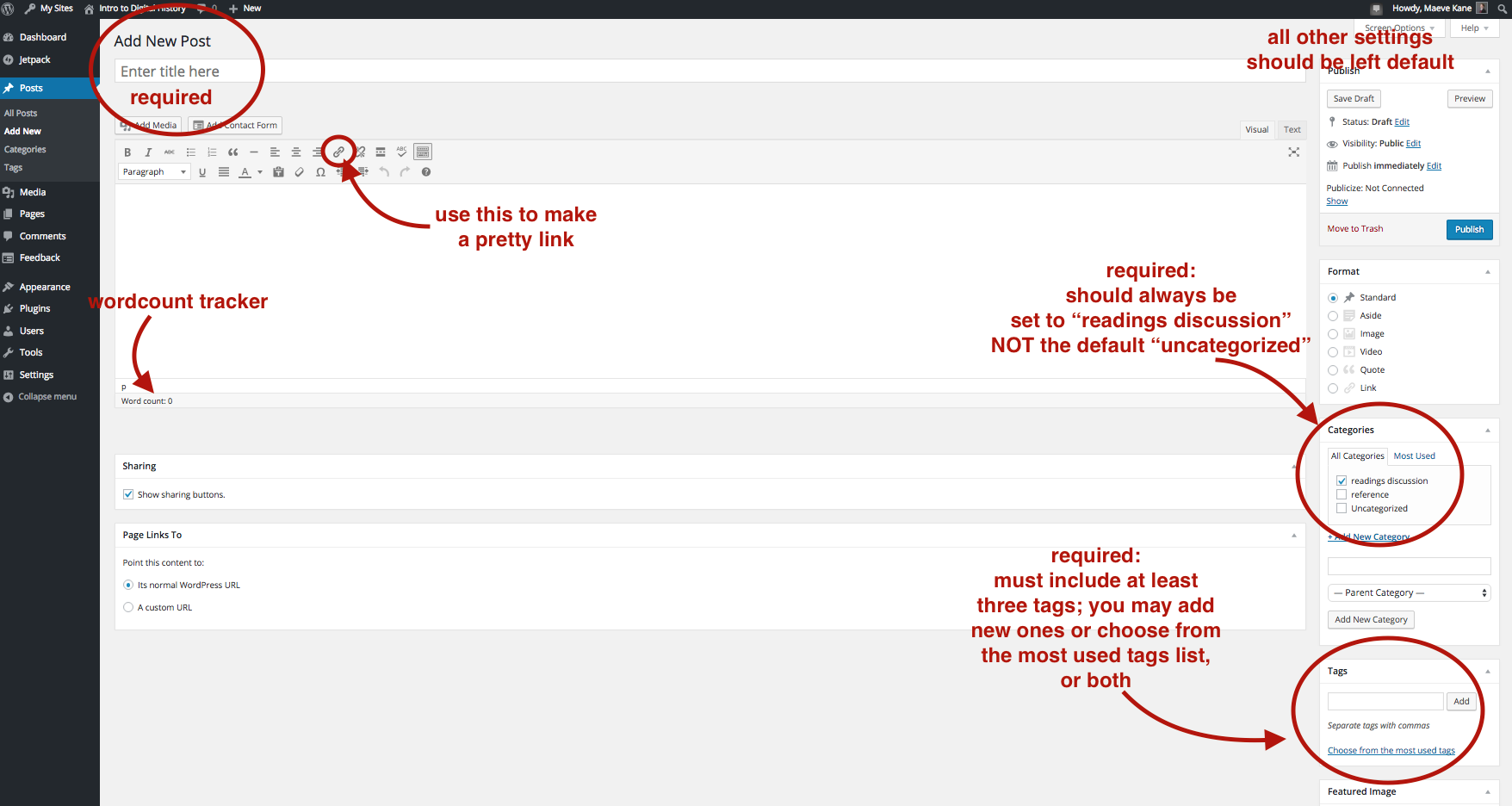The reading assignment for class on Thursday is to read “The Historian’s Craft, Popular Memory and Wikipedia” by Robert Wolff. In the first paragraph Wolff discusses the advantages that the digital revolution has offered to us: easier access to published scholarship and to different primary sources. With the use of card catalogs and the use of word processing software, both have facilitated research and writing, enhancing scholarly productivity. Though a great new tool to share history through the digital space, some historian are shying away as a legitimate source of information acquisition. Wolff explains that the reasoning why professional historians may be so hesitant with the digital world is because before the rapid growth of the Internet as it is today, most academic scholarship had found homes in libraries and on electronic subscriptions pay walls. With the expansion of the Internet, historians are not the only ones who can critique each other’s work. As the Internet continues to revolve within moments, anyone can pull up any historical event that comes to mind. Wolff gives the example of searching Documenting the American South, to searching the web for the Perry-Castañeda Library Map Collection. Wolff says this extreme growth of wanting more history knowledge doesn’t just come from professional historians, yet its now coming from the general public. With the Internet evolving and through general use of the website know as Wikipedia people have the power to edit entries within its website.
Due to this growth and access to the Internet, it has given them the power to write history on web though they don’t have the full knowledge of what history is compared to a trained and educated historian. Wikipedia for example, this website provides historical information available to and sometimes written by the general public. One of the reason why Wikipedia has now become a norm to looking up information is in conducting a search it is usually the first site to appear in the search criteria. Wikipedia is the first website to pop on the screen rather than an .edu or .net website (a more scholarly or academically scrutinized establishment). Wolff poses the question as to “Why exploring writing history through Wikipedia?” his simple answer is that it allows the reader to deconstruction the different stages of how some entries can be changed over time. Wikipedia has become a community of writers, given them a chance to write history.
Wikipedia has a “Talk” page that allows its audience to discuss historical info that they believe is incorrect. In order to get truly involved in the discussion you must had other information to back you claim but
Wolff uses an example of of two user 172 and user H2O arguing online about how the American Civil War, why it really started. One would edit the page to what they believed caused the Civil War. User H20 would delete what the user 172 claimed to be the cause of the war and then write what he thought was the reason. With no question the digital revolution is rapidly expanding and with that false information can be spread just as fast. This could be prevented if historian work come aboard the digital revolution train and make sure that we don’t have this recurring theme on Wikipedia of people trying to fact each other and giving false information to million of people that look at this site everyday.
Dicussion Question:
- It is good or bad that Wikipedia has the Talk part of there website?
- As Internet continues to grow when will be able to trust information that is been given to us.
- Have you ever seen a big mistake on Wikipedia and have you done anything about it?
